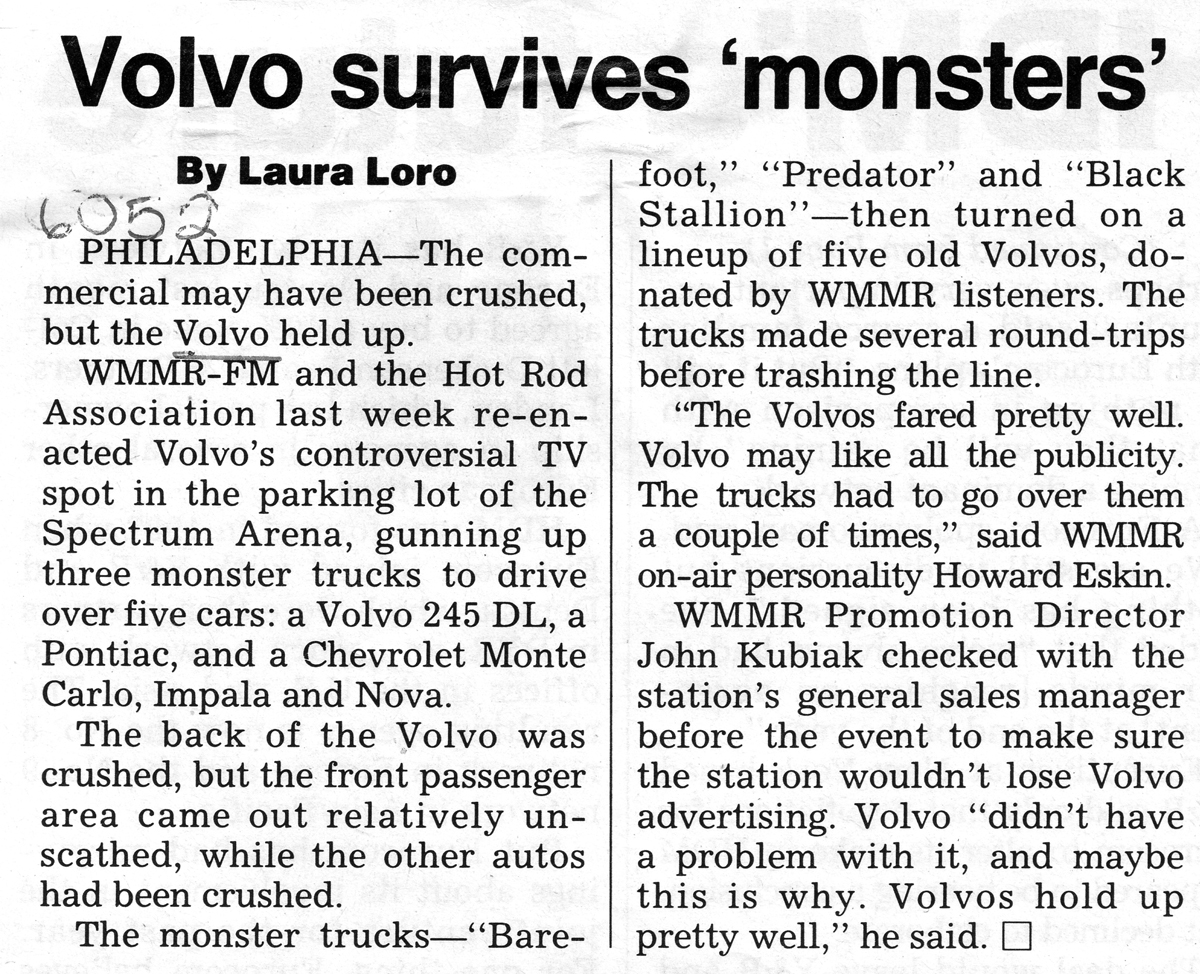Conversations With People We Value #35
“Really it’s like nothing you have ever seen.” With those intriguing words, my gym buddy Chris lit a fire under my curiosity. He told me of a skilled and, some night say, eccentric car fabricator with tastes that blended Batman, Mad Max and George Barris. Residing on a rural spread of land, he brought to life blown, big block monster executions born of a wild imagination.
His name is Gary.
Hot Rod Missionary and his monster machines
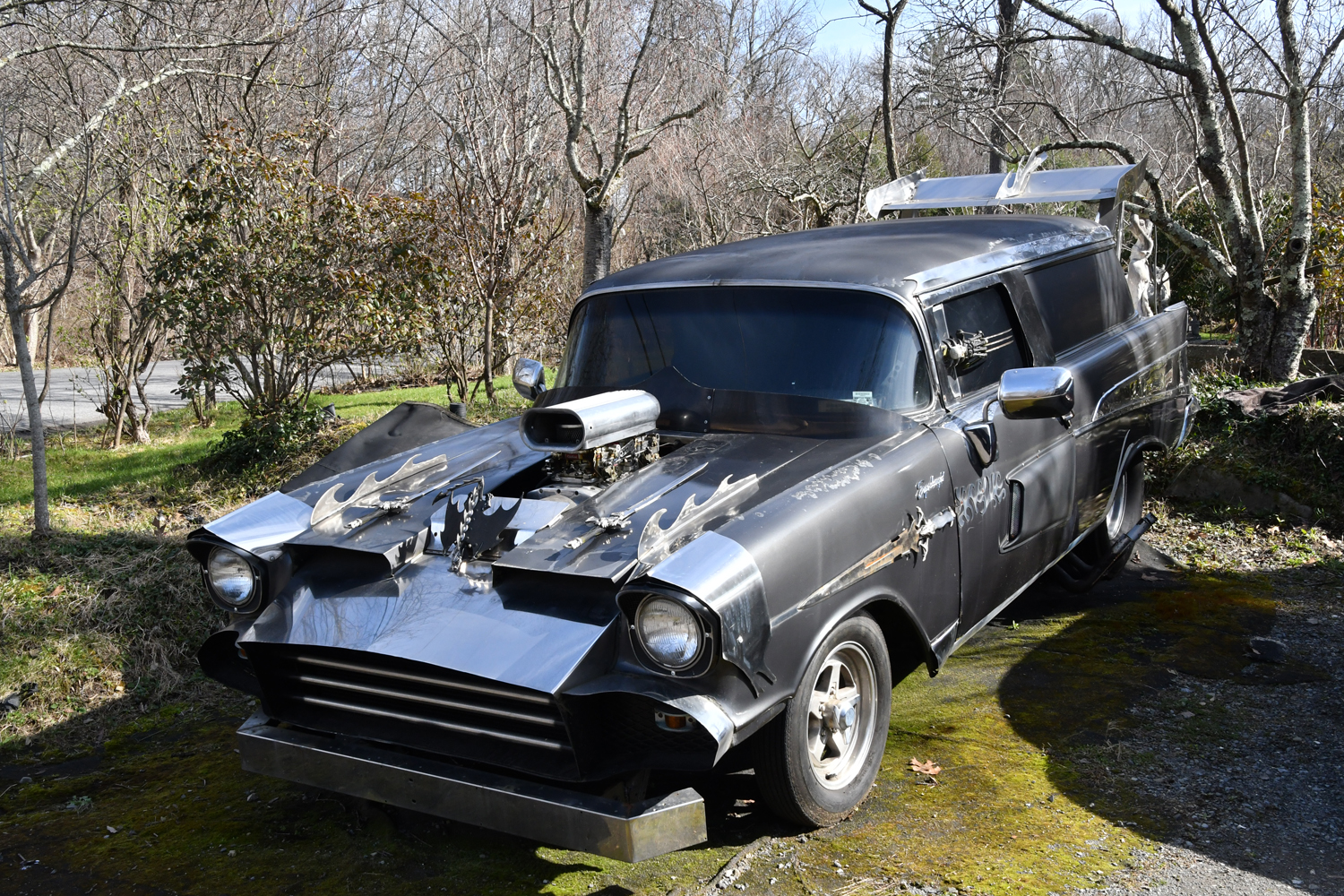
Dragon Express

Gary
Any doubts about Gary giving an “interesting” interview quickly dissipated when he prepared to speak by pulling on a leather biker’s helmet with a fake black pony tail. No question, for creativity and passion, Gary, by far more than anyone I have ever encountered in my life, embodies the defining qualities of Doc Brown of “Back to the Future” fame.
Bedecked in helmet and ponytail Gary unleashed an uninterrupted and interwoven torrent of one-off car descriptions, mind bending technical “how to” and personal philosophy. He projected a firm determination to create the most content rich and complex sentences. He succeeded.
I use Gary’s first name only because he prefers the anonymity that his backwoods location affords. He says, “I like to be a good neighbor so I maintain my property with vehicles neatly arranged amongst the concrete and steel life size statues of horses and angels. That being said, I know it makes for an attention grabbing display. Locating my place on a map would flood the neighborhood with Japanese tour busses and throngs of camera happy tourists. Like I said, I want to be a good neighbor.”
Pretty much a self-made man, Gary retired young after a successful career in home building and real estate. Possessing a natural gift for fabrication skills, he mastered a full palette of capabilities that equipped him to bring to life the fruits of his wild imagination.

The well tended grounds containing Dave’s assemblage of Monster machines presents a fascinating landscape of coordinated chaos. It is populated with open barns stocked with wild gothic themed engineering marvels, sheds stocked high with power equipment, tools of all stripes, parts and pieces and more, much more.
When asked where he finds the materials and power train components for his projects, Gary points to two brand new refrigerators in the rear of a shed to illustrate his answer. He says, “For decades I have bought good things when they were on sale or cheap, not when I needed them.” He has always possessed total confidence in knowing what he would need someday. Big block engines, whole power trains, name it and he has stockpiled it. He says, “If I don’t use it, it’s still here. It’s not bothering anybody. So in the end I don’t have to go looking for something. I already have pretty much whatever I need here.”

The answer to what has motivated Gary’s 40-year obsession to construct a sprawling farm yard populated by thundering high performance beasts catches one by surprise. Gary possesses strong religious beliefs and has constructed his eye-popping array of Monster Muscle as a means for attracting people with whom he can share his religious beliefs. As the self proclaimed “Hot Rod Missionary,” he has dedicated himself to connecting with people that might not regularly find themselves in a house of worship.

Alien
Showmanship leavened by a sense of humor complements Gary’s strong religious leanings as evidenced by his space ship themed hot rod “the Alien.” By the way, all of Gary’s Monster Machines have names. Alien, fully fabricated by Gary from scratch, sports a 400 plus horsepower 455 cu. in. V8 big block. It is street legal as are almost all of his creations.
When first built, Alien took first prize for Special Interest Automobiles at a World of Wheels Auto Show. Gary, when interviewed at the time, explained that his intention called for adding booster rockets to facilitate possible future space travel. In reflecting on Alien’s present earthbound limitations, Gary acknowledged that, “Its primary use now is taking it to town to buy pizza.”
For night time events Gary mounted equipment on Alien that would shoot large plumes

Gary likes to use swords as design elements
of flame out the back. It proved to be a big fan favorite when the Sun went down. However, when an inattentive parent asked Gary to fire up the flames and Gary realized the fan’s child was standing behind the Alien a shaken Gary literally cooled the Alien’s jets for good.
Housed in bays, barns, containers or simply exposed to the elements, Gary’s hand fabricated Monster menagerie truly inspires fascination of the eye-popping variety.
An open stable building teases the imagination with a glimpse of four Model Ts. Three of them boast enormous rear tires clearly made a necessity by the mammoth engines that provide the giddy up.
The stable structure opening to a courtyard reveals the spectrum of Gary’s passion. The first bay houses a pretty much bone stock 1915 Model T Touring car. Interestingly Gary’s taste in vehicles in large part involves either totally stock or radically modified Model Ts. To that point, despite his collection of otherworldly monster modifieds, Gary’s favorite may well be his totally stock Model T convertible pickup truck.
Next to the Touring car resides the decidedly non-stock “Wild Man” which Gary fired up and, accompanied by ground shaking exhaust notes, pulled out into the court yard. With enormous tires on the rear and brutally wild metal adornments punctuating its hot rod T
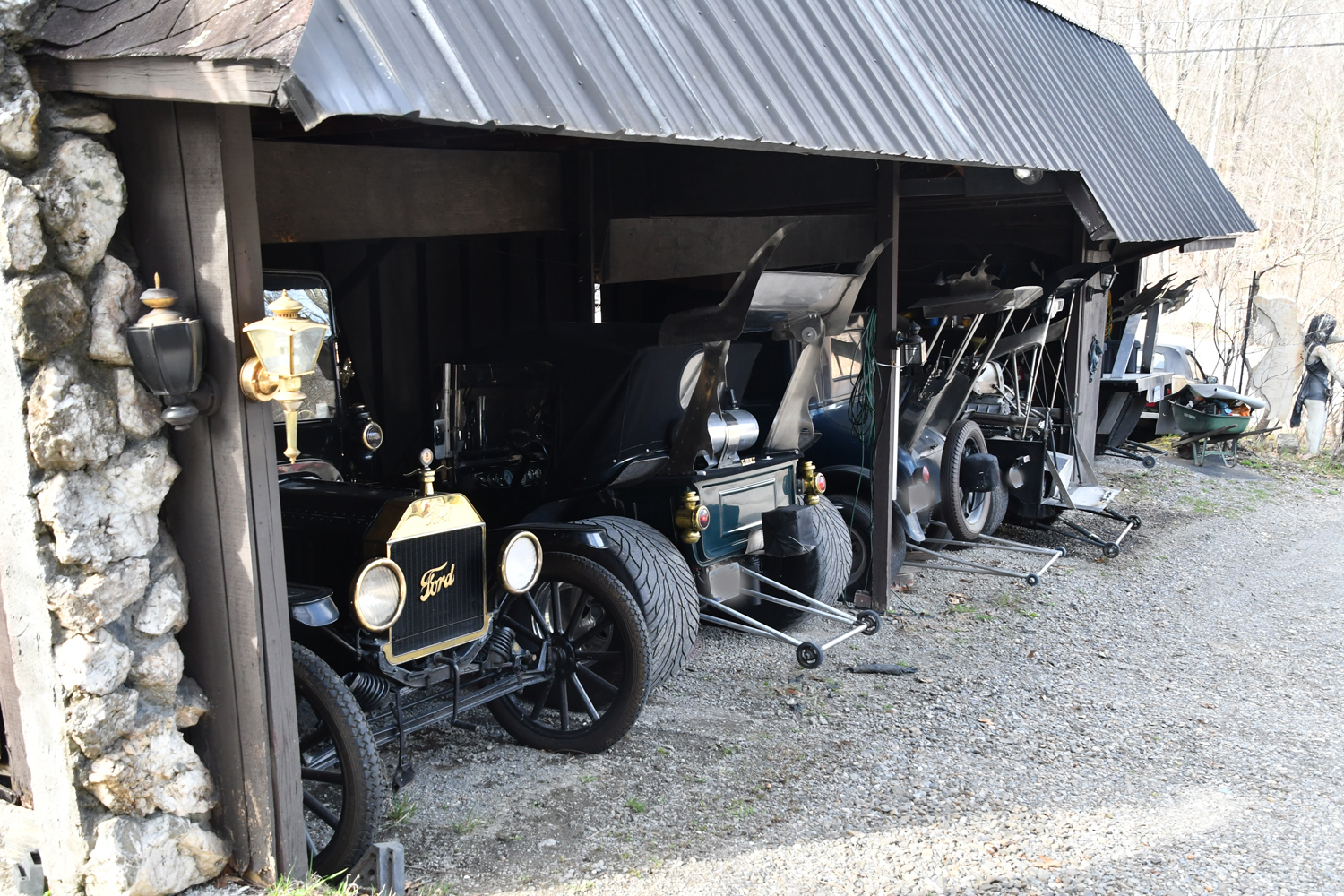
Model Ts
character, Wild Man just screams and thunders FUN! Gary who does sell some of his creations says, “Wild Man is special and I won’t sell it because it is special. You sell the stuff that isn’t fun. You drive the stuff that’s fun. This is fun.”
Across the courtyard a 1957 Chevrolet station wagon, like no other, menaces the nearby street. The wagon named “Dragon Express” with its cobra nose and Adam’s family visual treatment features a worked small block with two-fours and an 871 blower. Street legal, the tubbed out rear and racing tires tells you all you need to know about available performance.

Starfighter
“Star fighter”, another denizen of Gary’s Gothic Garage, started out as what he describes as a Rustang(Badly rusted Mustang).
Laughing he says, “Enough daylight passed through its panels that you could get a tan.” Undeterred Gary fabricated a complete frame, installed a power tilt stainless steel cobra nose and ’57 Chevy front fenders. Chassis-wise Gary created a split Model T independent front suspension with disc brakes. Starfighter’s visual presence bears the signature Gary look with the ever popular skeleton forearm trim pieces and machined stainless steel flame shaped attachments.

Rocky with extending nose
With the look of a fuelie dragster from hell, Rocky, features a 426 Hemi, airbag suspension and a split Model T front axle with disc brakes. However, Rocky has much more to offer. Amazingly Gary designed and engineered the long dragster nose to extend an addition fully functional eight feet significantly increasing the wheelbase. Yes, brake lines, steering mechanism everything needed for a totally operational and drivable vehicle extends an additional eight feet out front.
Why? From Gary’s point of view, why not?
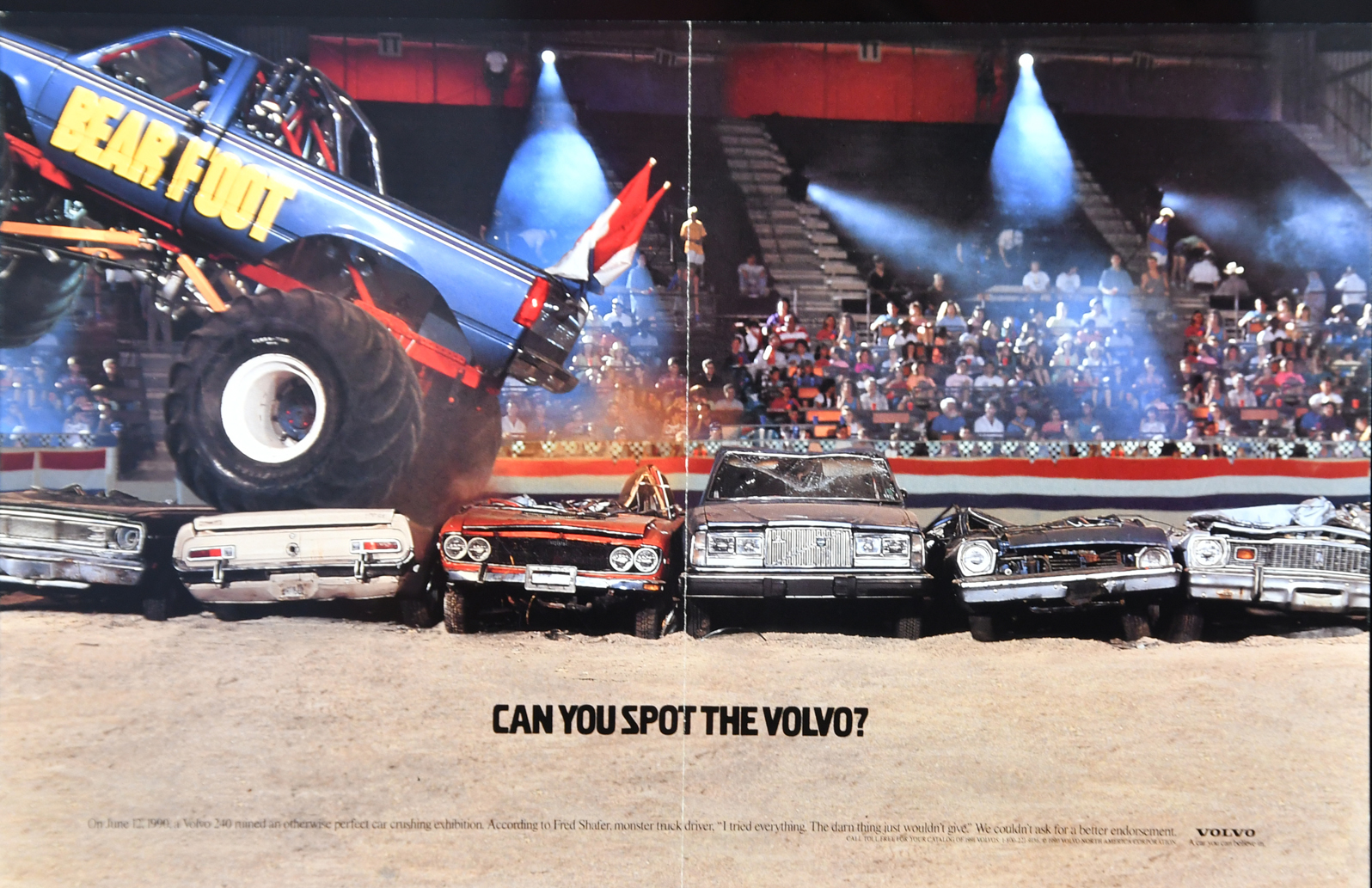
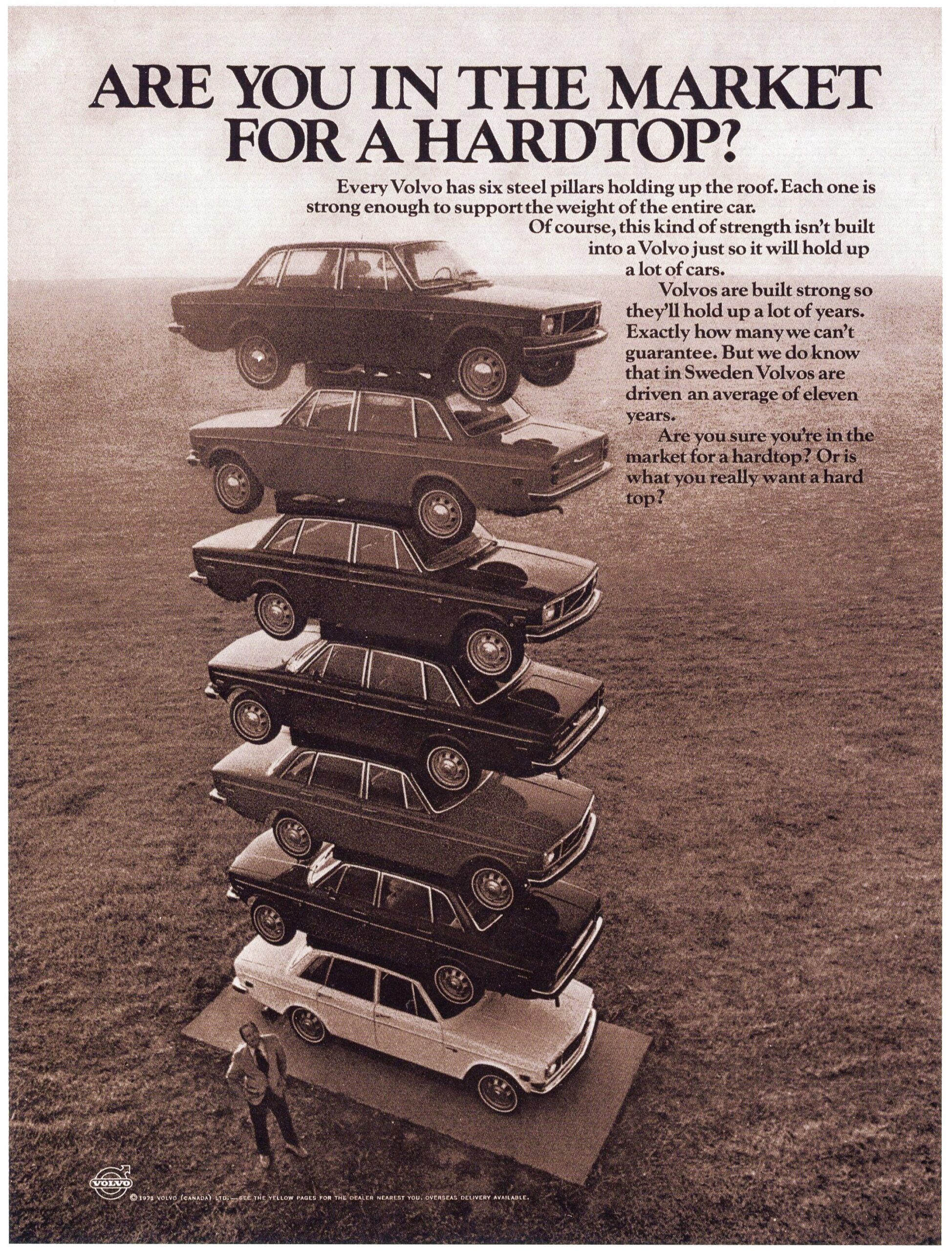
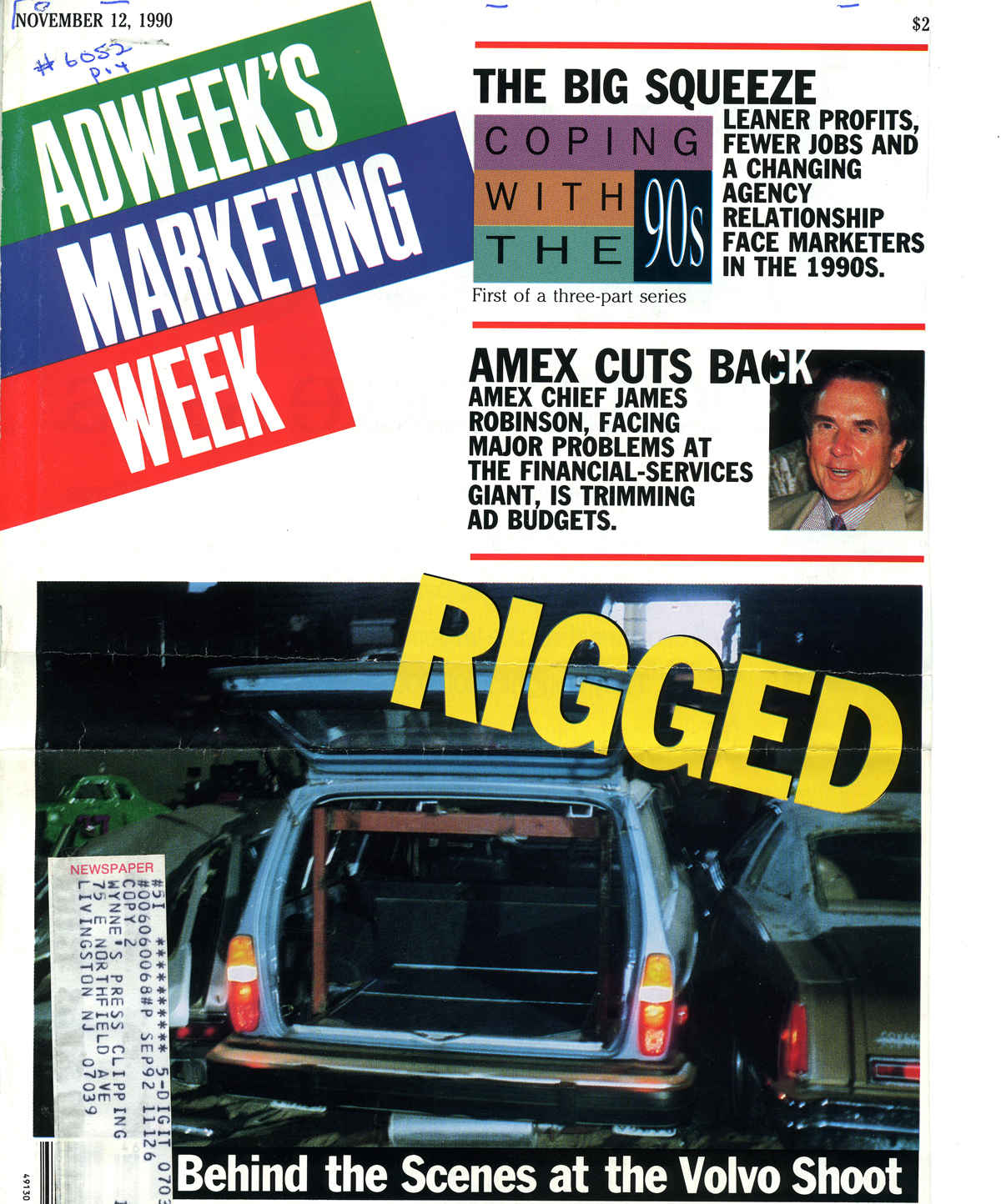
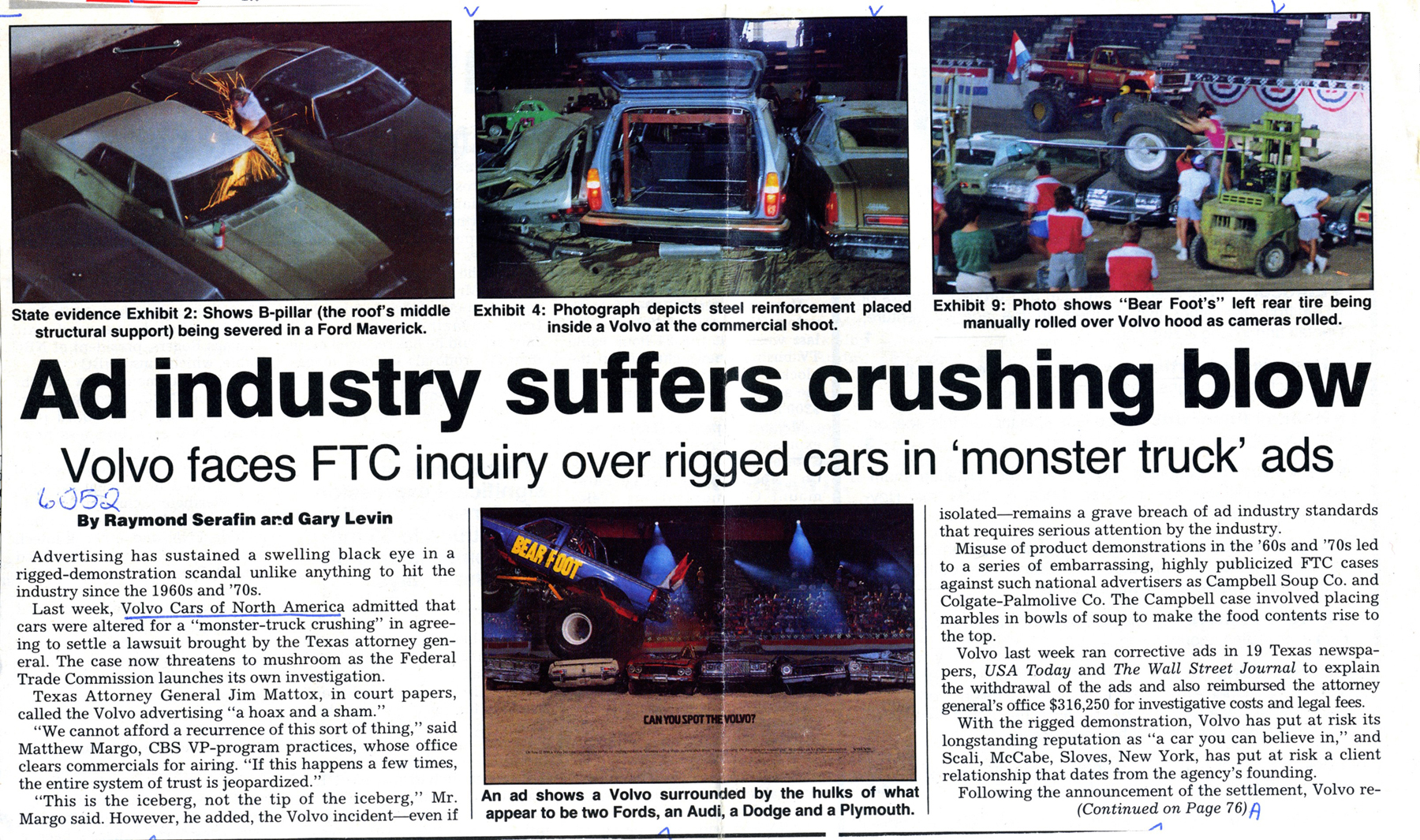
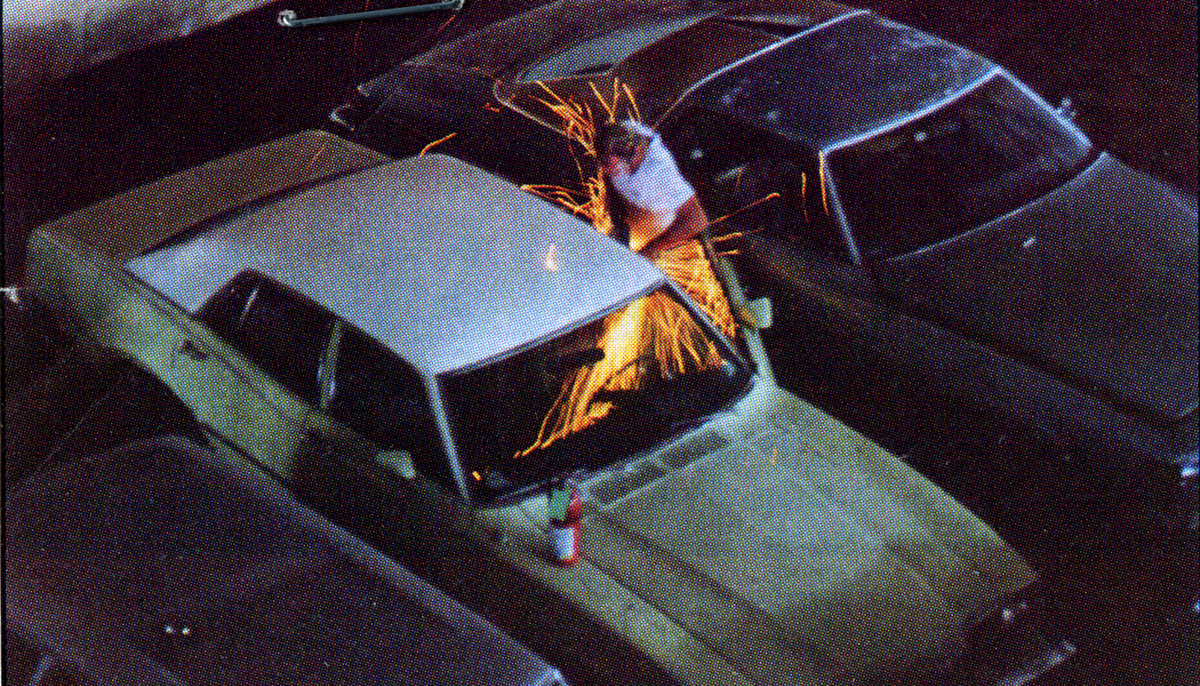
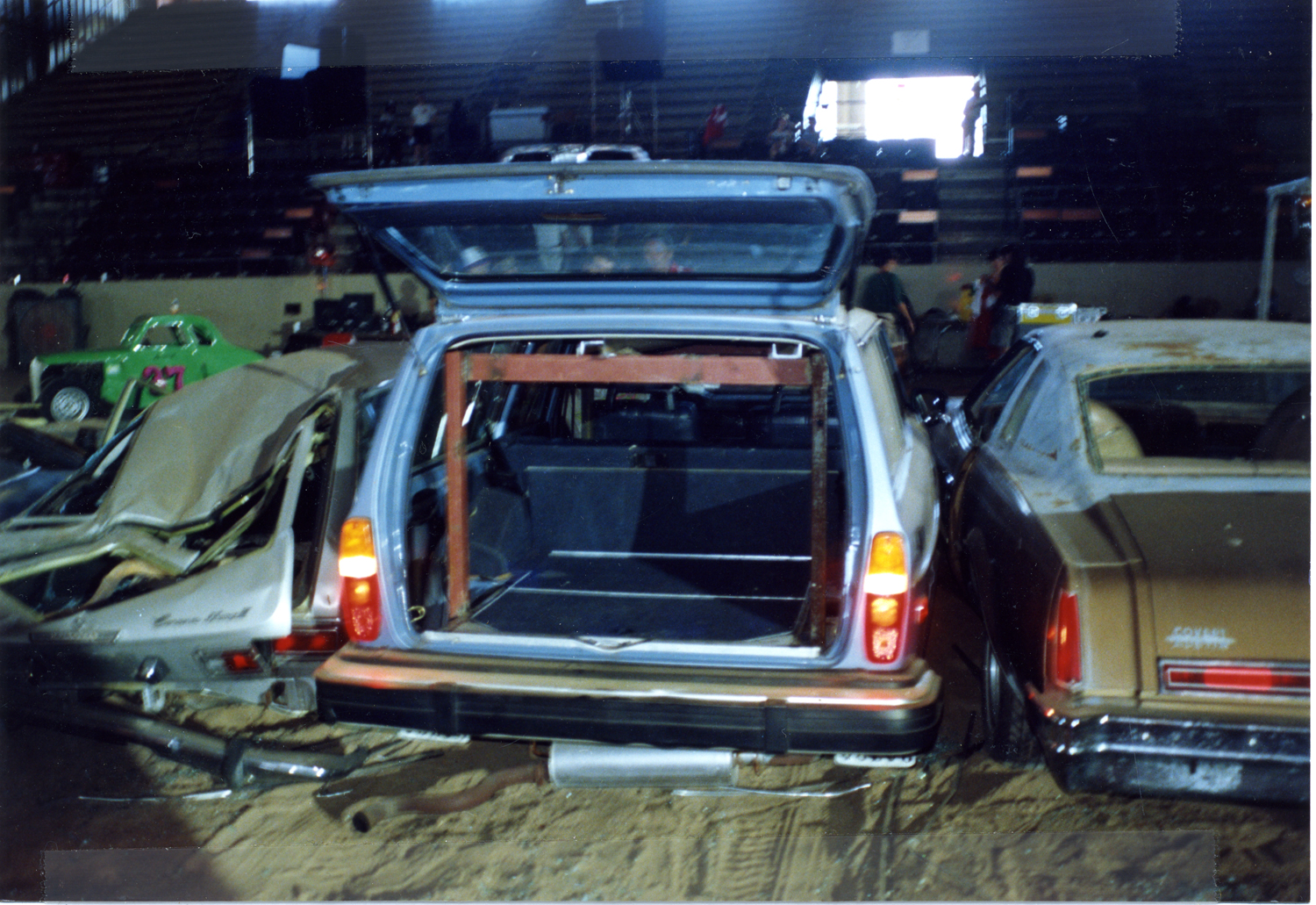
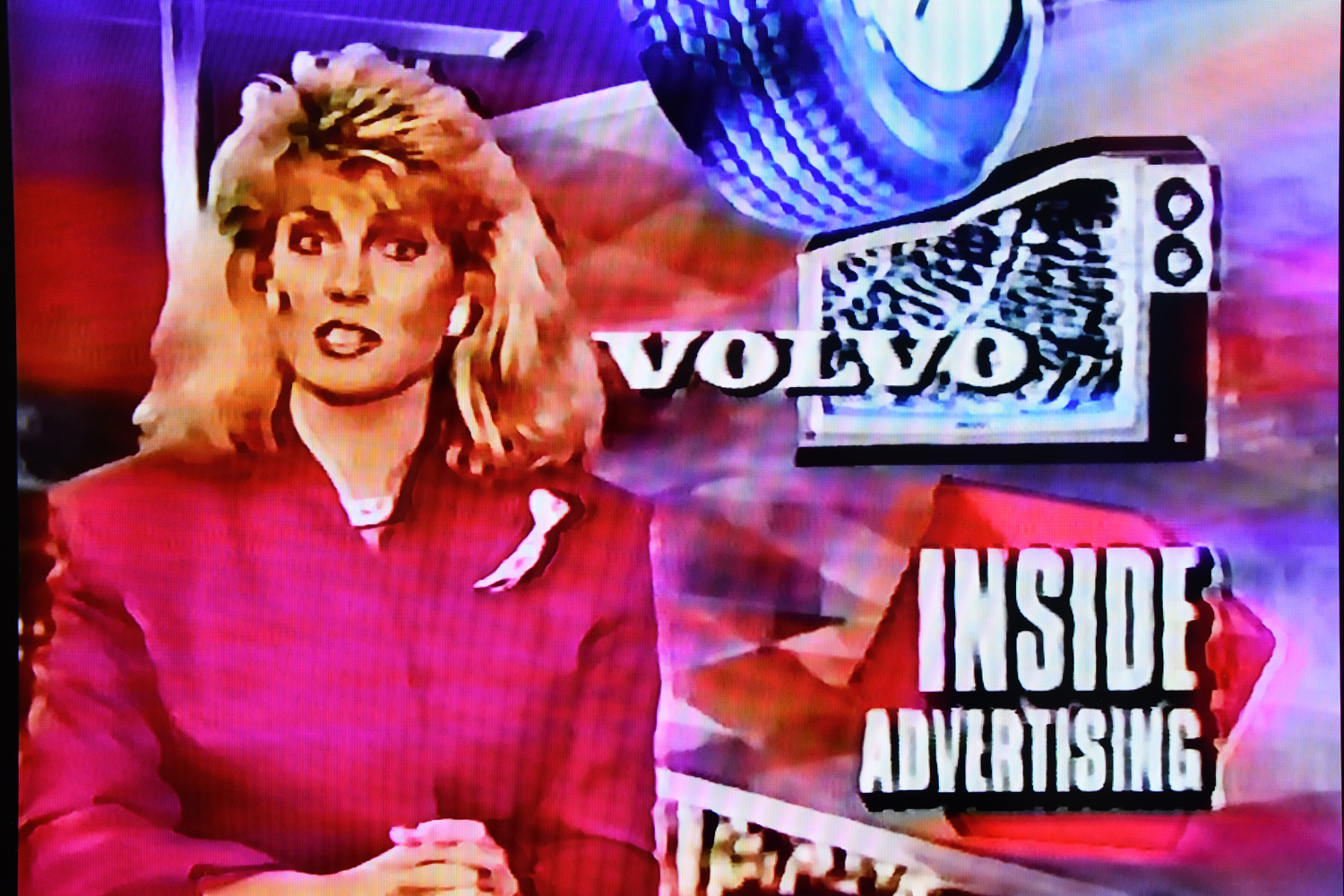
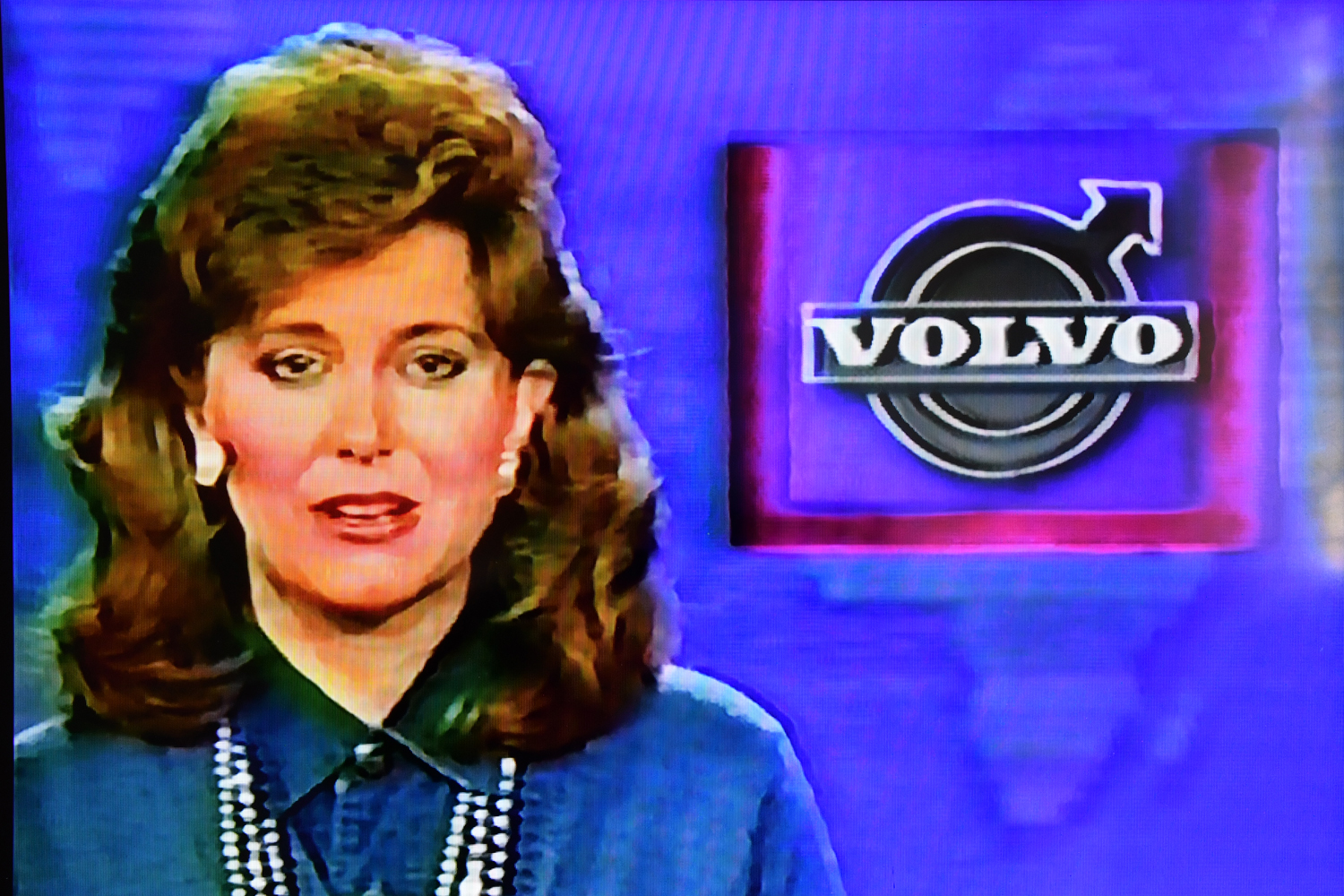 the Volvo brand or its people. All agreed.
the Volvo brand or its people. All agreed.